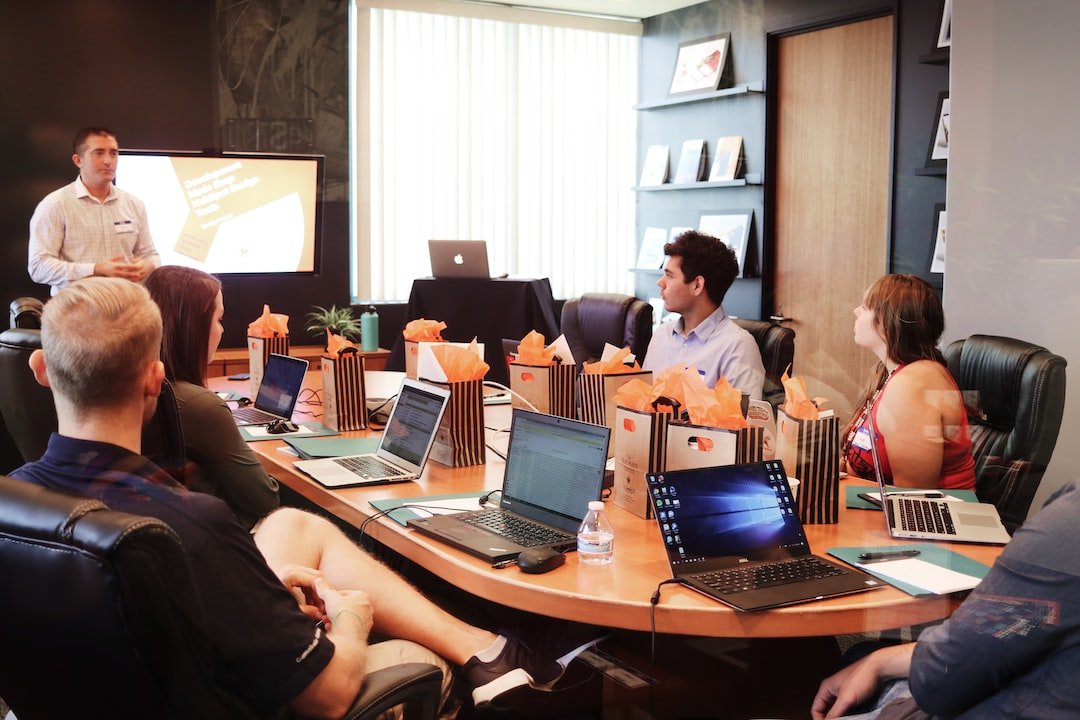These six steps will motivate staff and improve employee engagement and retention. Utilise them effectively to make your presentations more informative, relevant, useful and fun.

1. Rapport is your friend
Building rapport with your employees is the quickest way to have your trainees begin to accept your training message. This best practice training idea is a simple way to achieve your HR retention goal; employees like other employees who are like themselves.
- Spend a few minutes before training begins to build rapport.
- You’ll quickly notice a warm feeling spread across the room as barriers break down as employees begin to accept your training ideas.
- Once the atmosphere shifts, commence and check the rapport every now and then.
Continue this approach in the workplace to discover a real sense of employee engagement and job satisfaction.
It’s fun to work with friends and this technique will improve employee retention too.

2. Communicate convincingly
Many people overlook the simple training idea that communication best practice starts with the presenter. They often assume the audience must shoulder the entire responsibility for retention. Not true!
The meaning of your message is the response you get from your employees.
- A training that’s so abstract will go right over your employees’ heads.
- But making it too detailed could mean your audience gets bored.
- Neither approach are good training ideas!
Best practice is to take the responsibility to ensure your message reaches everyone. Provide reasons why your information is useful.
Make your goal to pay attention to your audience, then adapt your message so that everyone in the training room can easily learn from you.

3. Set Goals
The best outcome for any employee in training is to leave with something useful that can benefit him or her in the workplace. This is a fundamental component of effective change management: training must be useful!
When you incorporate this training idea, employees will engage, retain information and be motivated by your training ideas.
- At the start of training, ask each employee to set a goal; ‘what would make this training useful to you?’.
- Stress the usefulness to them personally (rather than to the business).
The purpose behind this training idea is not to share the goals, but to have the trainee concentrate on a positive, useful outcome that is relevant to them.
This will focus their ideas and energy during training. It will naturally improve retention.

4. Explain ‘why’ from the outset
This training idea starts by explaining why the training is important to your audience; what’s in it for them. Why is that important?
Because, for retention to take hold, workers need to understand the benefits.
Without motivation, they will just tune out.
- Follow this best practice by providing details about what’s involved; describe the big picture, drill down to the facts, data and statistics.
- Run through the step-by-step methods for achieving your HR training goal.
Both steps, in this order will provide employees with the reasons to adopt your training ideas.

5. Exercises prove your point
Practical exercises are vital if your HR goal is to improve retention and job satisfaction. Training exercises demonstrate how your training ideas work.
Exercises allow participants to experiment and play with your training ideas before taking them into the real world. This enables your employees to prove to themselves how your ideas work in practice.
This is important;
When your employees are confident that training works, they will adopt your ideas and retain the learning.
6. Questions
The final training idea is to encourage your employees to suggest what would happen when the new skills are put into practice.
- This cements retention by enabling workers to consider how they will adopt the benefits.
- It also serves to boost job satisfaction and employee engagement.
Always save questions to the end. This best practice keeps you in control of employee training and ensures you are able to cover all the material.
By following the ‘why’, ‘what’, ‘how’ and ‘what if’, you’ll find that most questions get answered along the way!
Adopt these six training ideas you can do right away to improve training and job satisfaction in your workplace. These simple HR ideas can improve training best practice. When used as part of an ongoing employee change management strategy they can help empower your HR trainers and employees. Good luck!
